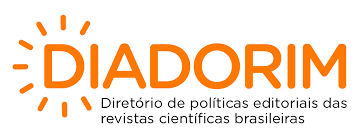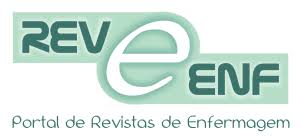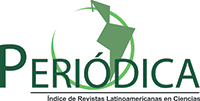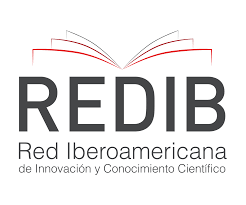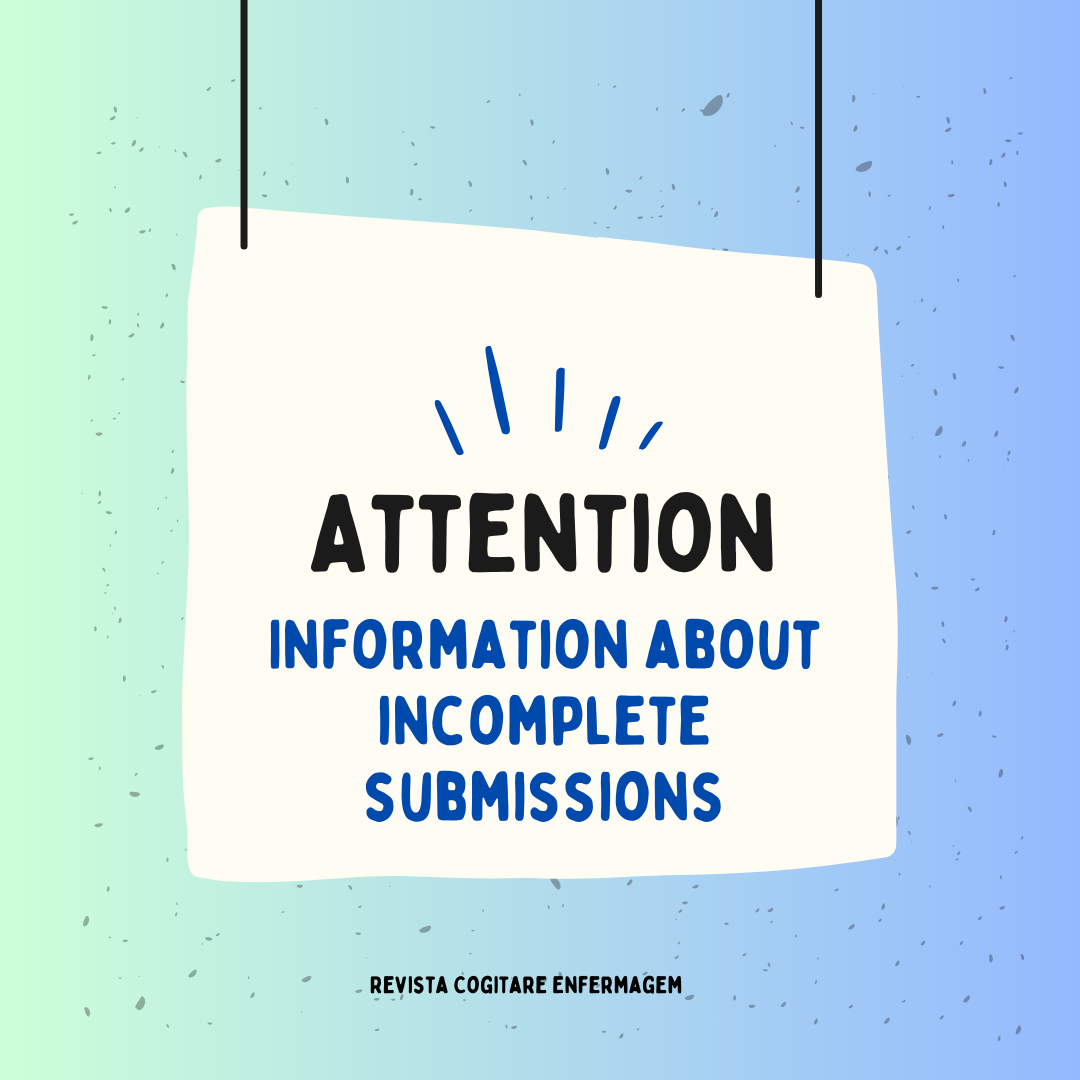QUALITY OF CARE AND PATIENT SAFETY: ASSESSMENT BASED ON INDICATORS
DOI:
https://doi.org/10.5380/ce.v21i5.44938Keywords:
Quality of health care, Patient safety, Quality indicator, Nursing, Health evaluation.Abstract
Descriptive, cross-sectional, prospective, observational, quantitative study that was aimed at assessing the quality of care, using indicators related to falls prevention and patient identification at a teaching hospital. The data were collected on 15 random days in August and September 2015 at two services of a hospital in the interior of Paraná-Brazil, using previously validated tools. Descriptive statistical analysis was applied, followed by the calculation of the Positivity Ratio. In total, 1068 observations were made. The quality of care, illustrated by the indicators of patient identification by the bed/wristband and presence of bedrails to prevent fall was classified as low (0%), borderline (76.60%) and appropriate (95.48%), respectively. In conclusion, improvements in patient identification are imminently necessary, which could be made feasible by the rational choice of the identification method and through the empowerment of the nurse for decision making on this indicator.
References
Pena MM, Silva EMS, Tronchin DMR, Melleiro MM. The use of the quality model of Parasuraman, Zeithaml and Berry in health services.RevEscEnferm USP. [Internet] 2013;47(5):1227-32[acesso em 03 ago 2015].Disponível:http://www.scielo.br/pdf/reeusp/v47n5/0080-6234-reeusp-47-05-1227.pdf
World Health Organization (WHO). Quality of care: a process for making strategic choices in health systems [Internet].Geneva; 2006[acesso em 03 ago 2015].Disponível: http://www.who.int/management/quality/assurance/QualityCare_B.Def.pdf
Silva BEMS, Melleiro MM. Patient safety culture in a teaching hospital: differences in perception existing in the different scenarios of this institution. Texto Contexto Enferm.[Internet] 2015; 24(2):432-41 [acesso em 16 out 2015]. Disponível: http://www.scielo.br/scielo.php?script=sci_arttext&pid=S0104-07072015000200432&lng=en&nrm=iso&tlng=en
Brasil. Ministério da Saúde. Portaria n. 529, de 1o de abril de 2013. Institui o Programa Nacional de Segurança do Paciente. Brasília; 2013. [acesso em 08 ago 2015]. Disponível:http://bvsms.saude.gov.br/bvs/saudelegis/gm/2013/prt0529_01_04_2013.html
Abreu C, Mendes A, Monteiro J, Santos FR. Falls in hospital settings: a longitudinal study. Rev. Latino-Am. Enfermagem. [Internet]2012;20(3):597-603 [acesso em 01 de nov 2015]. Disponível: http://www.scielo.br/pdf/rlae/v20n3/a23v20n3.pdf
Severo IM, Almeida MA, Kuchenbecker R, Vieira DFVB, Weschenfelder ME, Pinto L RC, et al. Risk factors for falls in hospitalized adult patients: an integrative review. Rev Esc Enferm USP.[Internet]2014;48(3):537-51 [acesso em 01 nov 2015]. Disponível: http://www.scielo.br/scielo.php?script=sci_arttext&pid=S0080-62342014000300540&lng=en&nrm=iso&tlng=en&ORIGINALLANG=en
Tase TH, Lourenção DCA, Bianchini SM, Tronchin DMR. Patient identification in healthcare organizations: an emerging debate. Rev Gaúcha Enferm. [Internet]2013;34(2):196-200. [acesso em 01 nov 2015]. Disponível: http://www.scielo.br/scielo.php?script=sci_arttext&pid=S1983-14472013000300025&lng=en&nrm=iso&tlng=en
World Health Organization (WHO). Joint Comission Resources. Joint Comission International. Patient Safety Solutions. Solution 2: patient identification [Internet]. Geneva; 2007 [acesso em: 16 out 2015];1:8-11. Disponível: http://www.who.int/patientsafety/solutions/patientsafety/PS-Solution2.pdf
Costa-Dias MJM, Ferreira, PL. Fall risk assessment tools. Revista de Enfermagem Referência. [Internet] 2014; IV(2):153-161 [acesso em 01 nov 2015]. Disponível: http://dx.doi.org/10.12707/RIII12145
Urbanetto JS, Creutzberg M, Franz F, Ojeda BS, Gustavo AS, Bittencourt HR, et al. Morse fall scale: translation and transcultural adaptation for the portuguese language. RevEscEnferm USP. [Internet]2013;47(3):568-74 [acesso em 01 nov 2015]. Disponível: http://www.scielo.br/scielo.php?script=sci_arttext&pid=S0080-62342013000300569&lng=en&nrm=iso&tlng=en
Hoffmeister LV, Moura GMSS. Use of identification wristbands among patients receiving inpatient treatment in a teaching hospital. Rev. Latino-Am. Enfermagem.[Internet] 2015;23(1):36-43 [acesso em 01 nov 2015]. Disponível: http://www.scielo.br/scielo.php?script=sci_arttext&pid=S0104-11692015000100036
Vituri DW, Évora YDM. Reliability of indicators of nursing care quality: testing interexaminer agreement and reliability. Rev. Latino-Am. Enfermagem [Internet] 2014;22(2) :234-40 [acesso em 01 nov 2015]. Disponível: http://www.revistas.usp.br/rlae/article/view/85057/87894
Vituri DW. Desenvolvimento e validação de um instrumento para avaliação da qualidade do cuidado de enfermagem [Dissertação]. Maringá (PR): Universidade Estadual de Maringá; 2007.
Haddad MCLF. Qualidade da assistência de enfermagem: processo de avaliação em hospital universitário público [tese]. Ribeirão Preto (SP): Universidade de São Paulo; 2004.
Brasil. Conselho Nacional de Saúde. Resolução Nº 466, de 12 de dezembro de 2012.. Brasília; 2012 [acesso em 16 mar 2015]. Disponível: http://bvsms.saude.gov.br/bvs/saudelegis/cns/2013/res0466_12_12_2012.html
REBRAENSP. Rede Brasileira de Enfermagem e Segurança do Paciente. Estratégias para a segurança do paciente: manual para profissionais da saúde. Porto Alegre: EDIPUCRS; 2013.
Caldana G, Gabriel CS, Bernardes A, Pádua RX, Vituri DW,Rossaneis MA. Avaliação da qualidade de cuidados de enfermagem em hospital público. Semina: Ciências Biológicas e da Saúde. [Internet] 2013; 34(2): 187-194 [acesso em 10 out 2015]. Disponível: http://www.uel.br/revistas/uel/index.php/seminabio/article/viewFile/13913/13920
Brasil. Ministério da Saúde. Protocolo de identificação do paciente. Brasília, 2013 [acesso em 01 ago 2015]. Disponível: http://proqualis.net/sites/proqualis.net/files/Protocolo%20de%20Identifica%C3%A7%C3%A3o%20do%20Paciente.pdf
Souza VS, Kawamoto AM, Oliveira JLC, Tonini NS, Fernandes LM, Nicola AL. Errors and adverse events: the interface with health professionals’ safety culture. Cogitare Enferm [Internet]. 2015;20(3): 474-481 [acesso em 01 nov 2015]. Disponível em: http://ojs.c3sl.ufpr.br/ojs2/index.php/cogitare/article/view/40687/26259
Caldana G, Gabriel CS, Ocha FLR, Bernardes A, Françolin L, Costa DB. Avaliação da qualidade de cuidados de enfermagem em hospital privado. Rev. Eletr. Enf [Internet]. 2013;15(4):915-22 [acesso em 18 out 2015]. Disponível em: https://www.fen.ufg.br/fen_revista/v15/n4/v15n4a08.htm
Luzia MF, Almeida MA, Lucena AF. Nursing care mapping for patients at risk of falls in the Nursing Interventions Classification. Rev. esc. enferm. USP [Internet]. 2014;48(4):632-40 [acesso em 01 nov 2015]. Disponível em: http://www.scielo.br/scielo.php?pid=S0080-62342014000400632&script=sci_arttext
Inoue KC, Matsuda LM, Melo WA, Murassaki ACY, Hayakawa LY. Risco de queda da cama. O desafio da enfermagem para a segurança do paciente. Invest Educ Enferm [Internet]. 2011;29(3):459-466 [acesso em 01 nov 2015]. Disponível em: https://aprendeenlinea.udea.edu.co/revistas/index.php/iee/article/view/8679/9820
Magalhães AMM, Dall'Agnol CM, Marck PB. Nursing workload and patient safety – a mixed method study with an ecological restorative approach. Rev. Latino-Am. Enfermagem [Internet]. 2013;21(spe):146-54 [acesso em 01 nov 2015]. Disponível em: http://www.scielo.br/scielo.php?script=sci_arttext&pid=S0104-11692013000700019&lng=en&nrm=iso&tlng=en&ORIGINALLANG=en
Franco JN, Barros BPA, Vaidotas M, D'Innocenzo M. Percepção dos enfermeiros sobre os resultados dos indicadores de qualidade na melhoria da prática assistencial. Rev. bras. enferm. [Internet]. 2010;63(5): 806-810. [acesso em 30 dez 2015]. Disponível em: http://dx.doi.org/10.1590/S0034-71672010000500018
Downloads
Published
How to Cite
Issue
Section
License
Cogitare Enfermagem reserves the right to make normative, orthographic, and grammatical changes to the published article to maintain the cultured standard of the language, while respecting the authors' style.
The published study is the sole responsibility of the author(s), and Cogitare Enfermagem is exclusively responsible for evaluating the manuscript as a scientific publication vehicle. Revista Cogitare Enfermagem is not responsible for any violations of Law No. 9,610/1998, the Brazilian Copyright Law.
Cogitare Enfermagem allows the author to hold the copyright of articles accepted for publication, without restrictions.
The articles published are licensed under the Creative Commons license CC BY 4.0 Creative Commons - Attribution 4.0 International - CC BY 4.0 - The attribution adopted by Cogitare Enfermagem is permitted:
- Share - copy and redistribute the material in any media or format.
- Adapt - remix, transform and build upon the material for any purpose, even commercially.
- Attribution - You must give proper credit, provide a link to the license, and indicate if changes have been made. You may do this in any reasonable way, but not in a way that suggests that the licensor endorses it or approves of its use.
- No additional restrictions - You may not apply legal terms or technological measures that legally restrict others from doing something that the license allows.





